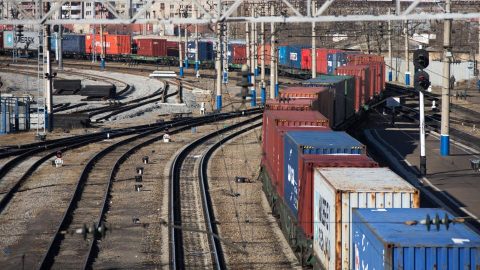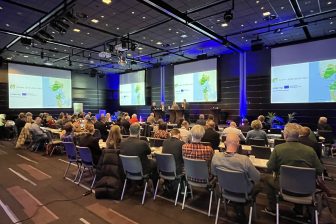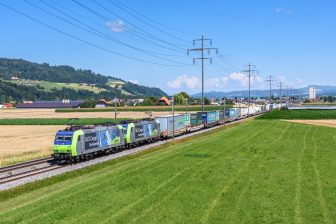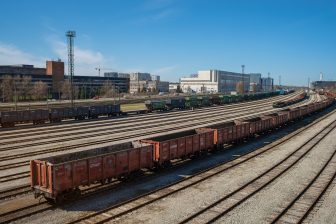
Russian container rail transport seems unshakable despite sanctions
Image: Russian Railways
The Eurasian Union of Rail Freight Traffic Participants (ESP) firmly believes that the performance of the rail container transport market in Russia will reach 2021 levels despite hurdles from sanctions imposed on the country. Moreover, the union forecasted that 2023 will be even better than 2021, attributing the continuous growth to state support and massive private investments.
Do you want to read the full article?
Thank you for visiting RailFreight.com. Become a member of RailFreight Premium and get full access to all our premium content.
Are you already a member?
Having problems logging in? Call +31(0)10 280 1000 or send an email to customerdesk@promedia.nl.




